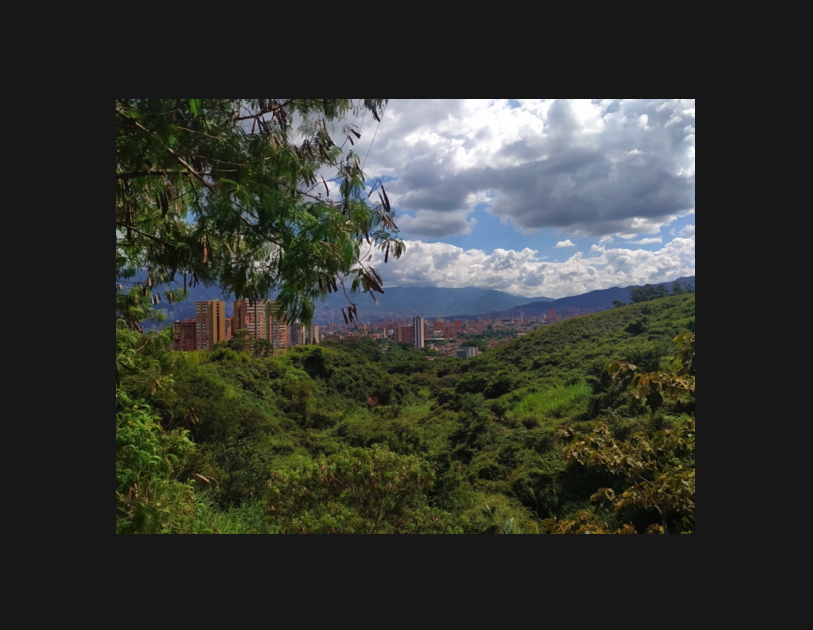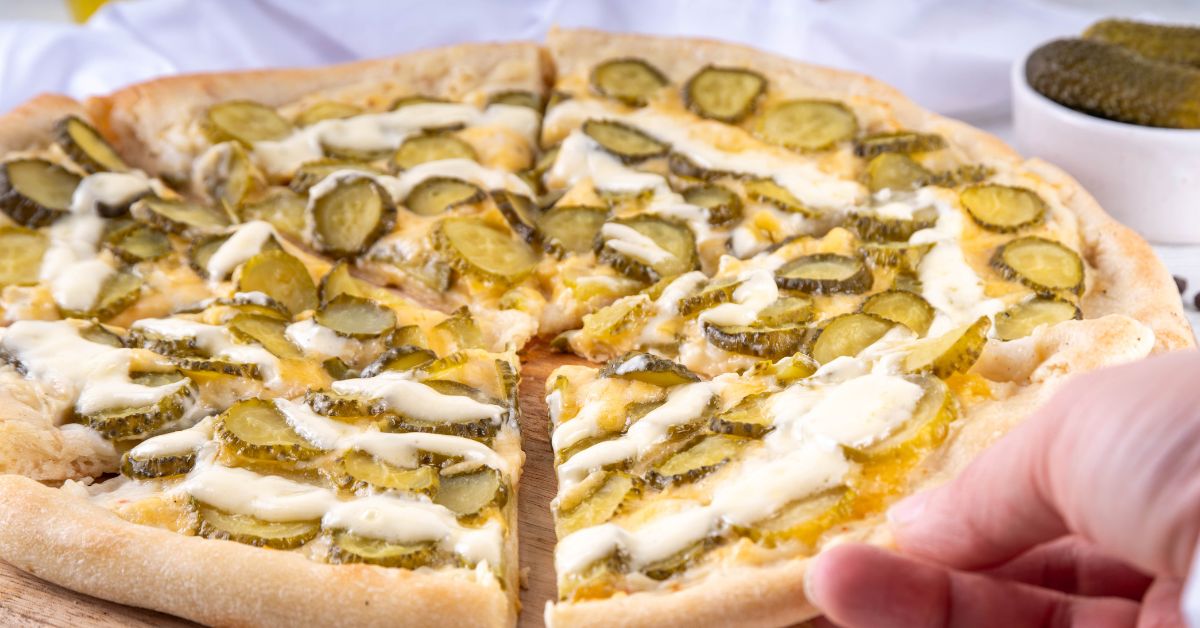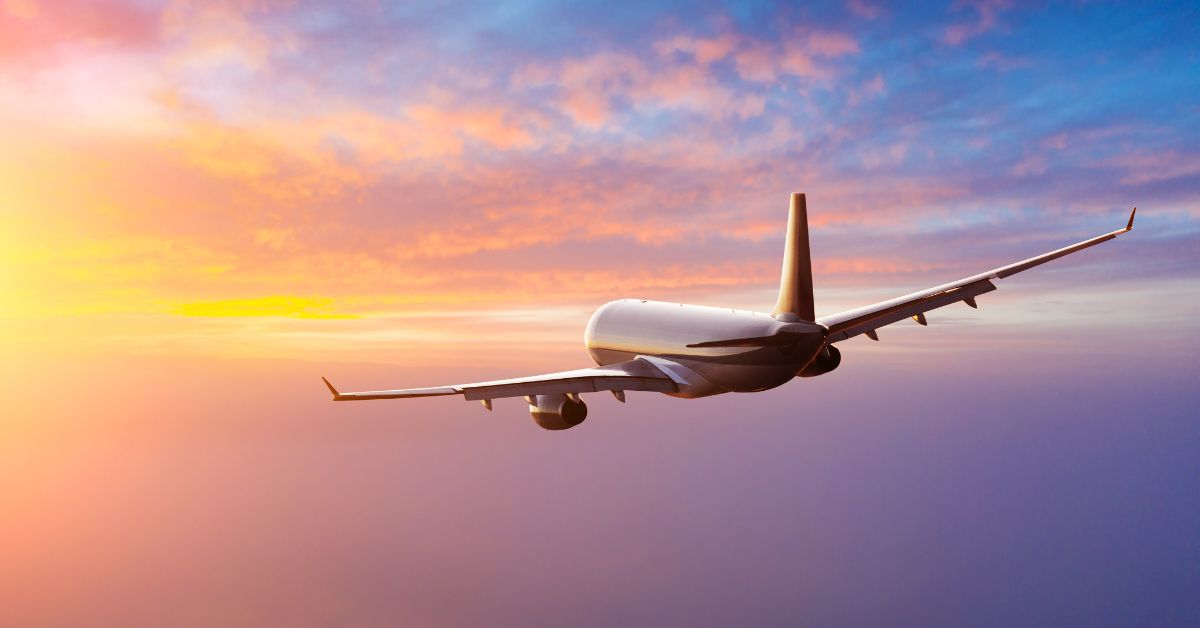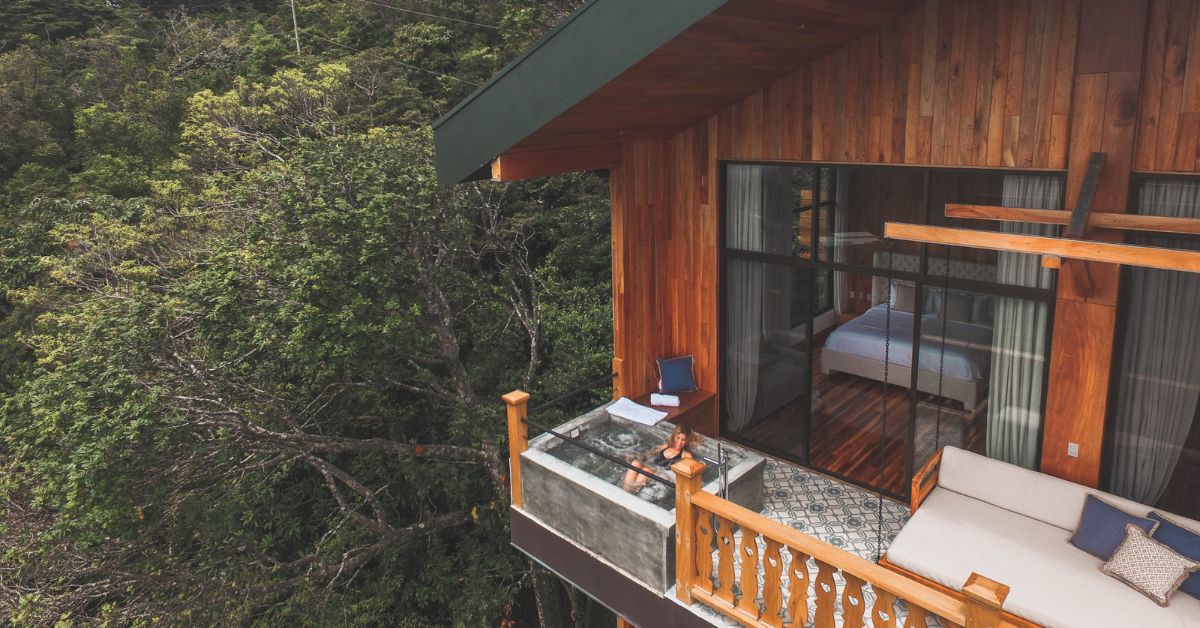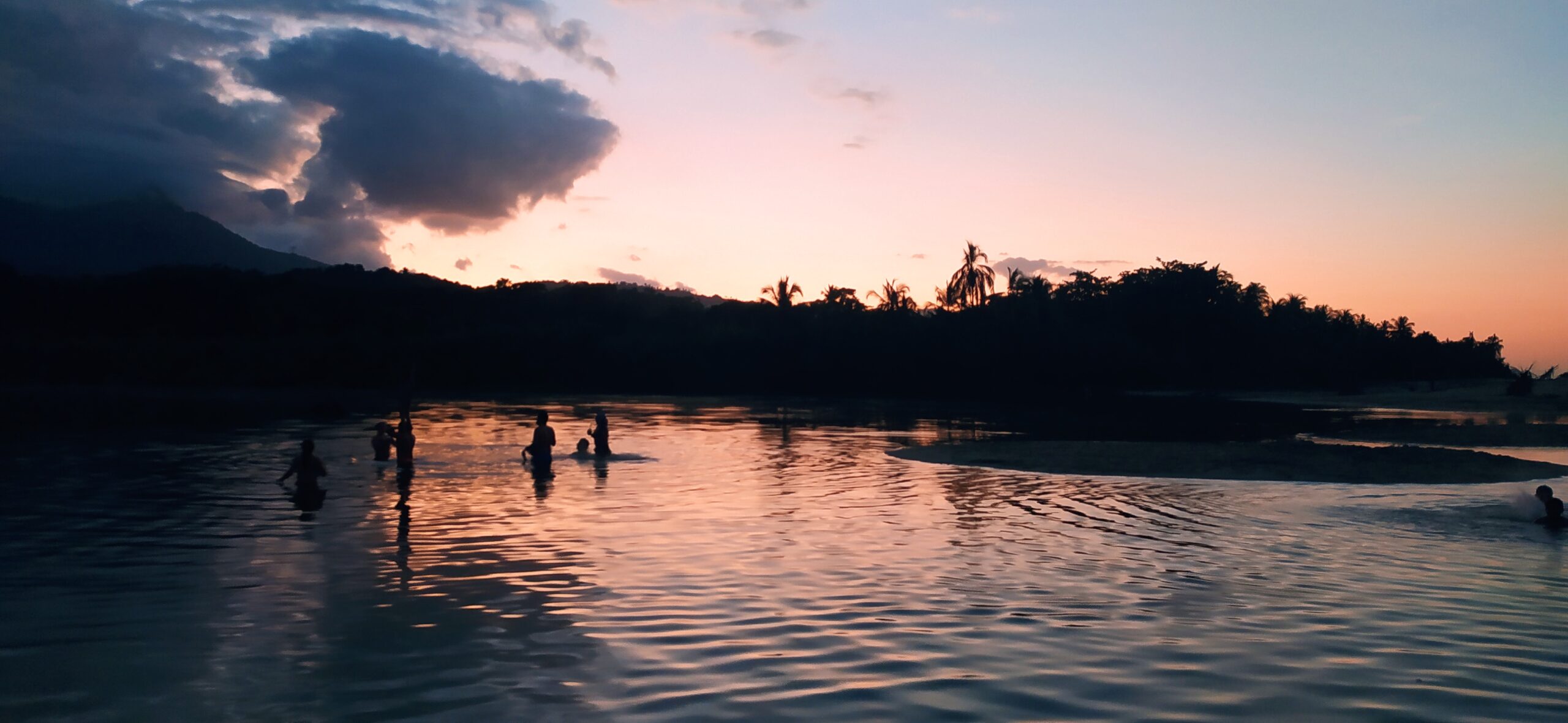
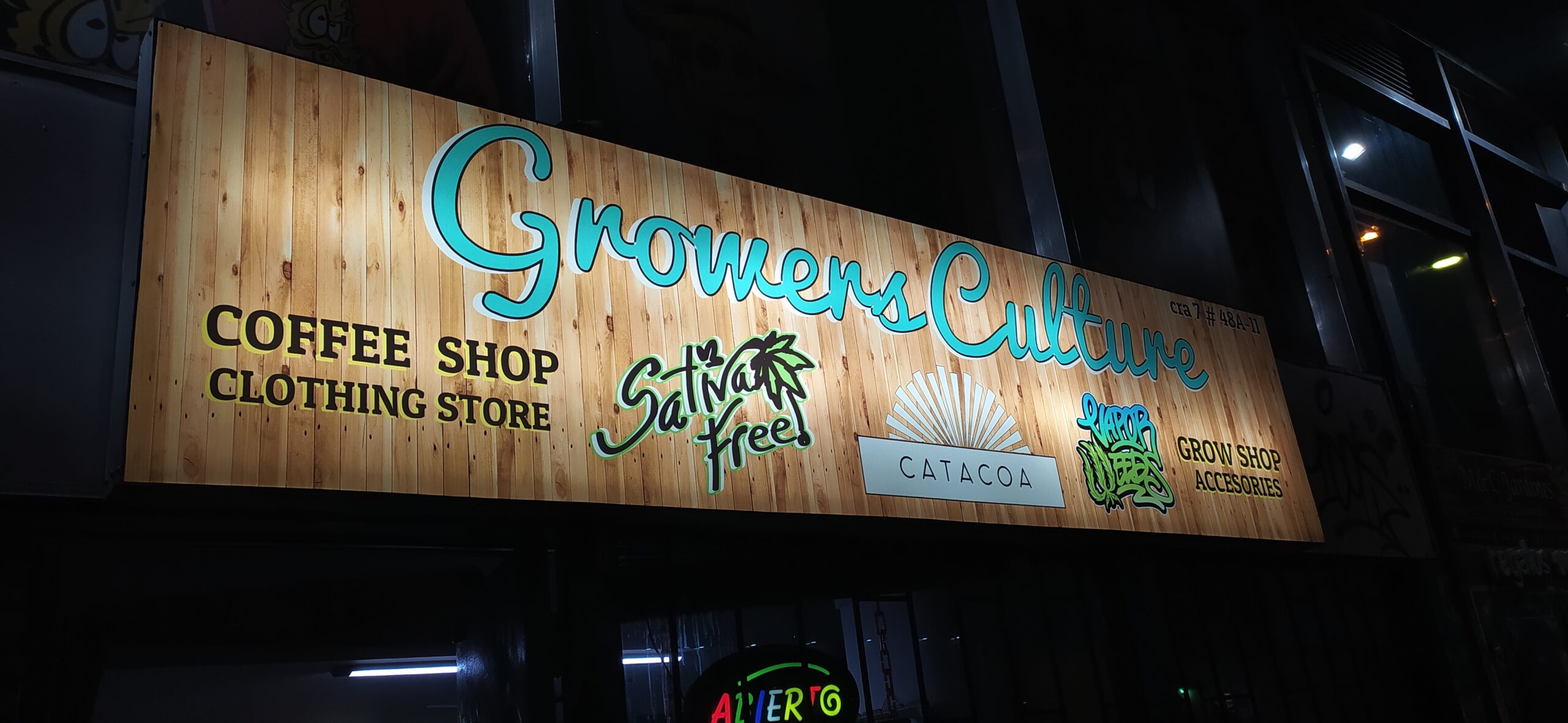
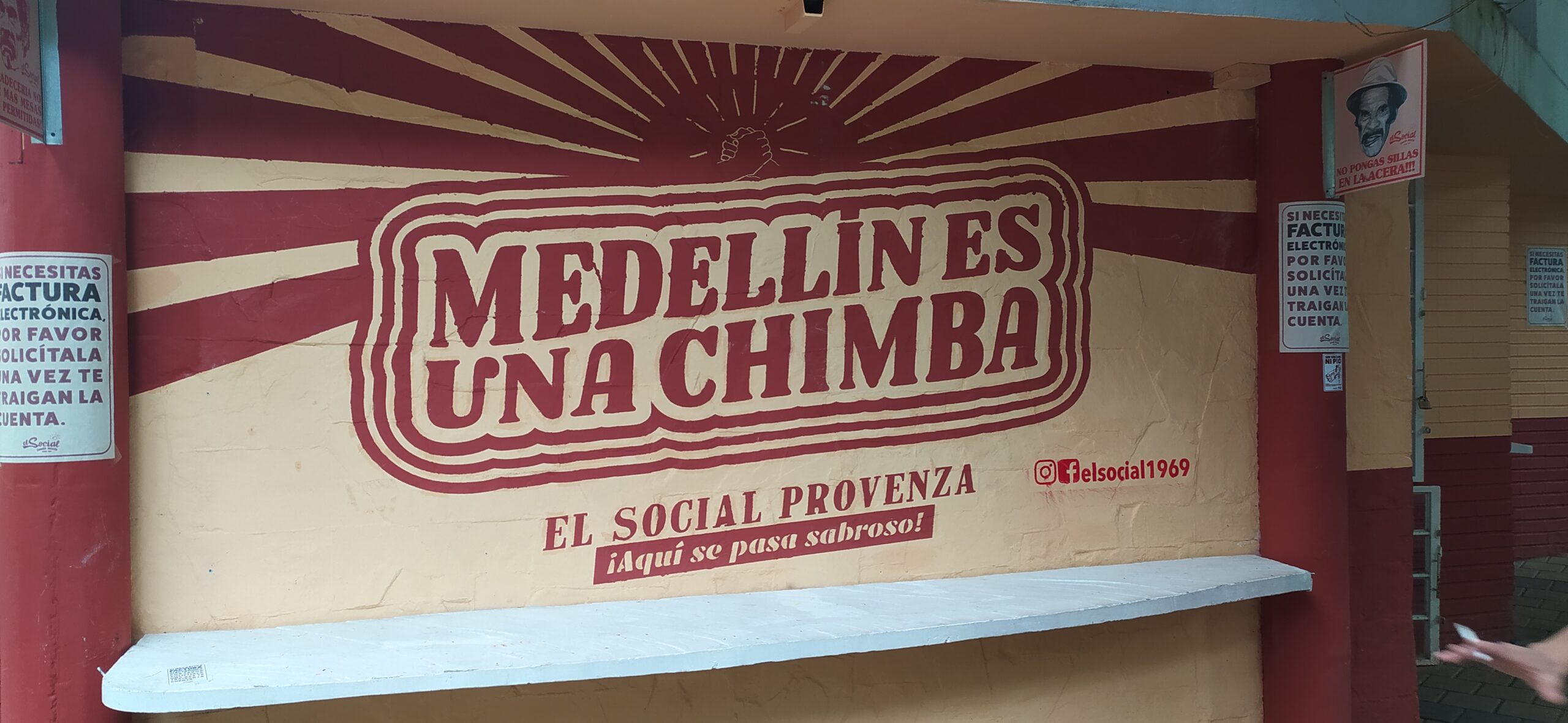

5 Luxury Tourism Options while in Colombia
GLAMP UNDER THE STARS
The Bethel Bio Luxury Hotel gives you a unique stargazing experience. Located in the middle of the Tatacoa Desert, the Bethel is worthy of a Bond movie, with sophisticated villas that balance modern and fifteenth-century design.
RENT A PRIVATE ISLAND
Just 45-minutes off the Coast of Cartagena, lie the Rosario Islands. And although one has the option to rent a luxurious hotel room, why not rent out the whole island instead? At prices that range from US$1,500 to US$3,000 per night, live the Richard Branson dream for yourself or one of your lucky guests! Each island comes with all the amenities and services including, if you’re really balling, your own yacht.
STAY AT A TRADITIONAL COFFEE ESTATE
Coffee is an integral part of Colombia and its culture; and the countryside estates and properties are stunning and maintain a classic look of the 18th Century Spanish villa while offering state of the art and modern amenities and accommodations. These massive pieces of land are known as FINCAS and when their business is coffee, they are called FINCAS CAFETERAS. Each Finca comes with a full detailed tour of how the family coffee is produced from bean to cup. Prices range from US$500.00 to US$700.00 a night for the entire state.
DIG THE GASTRO-WALK, “G” ZONE BOGOTA
Colombia’s Capital city is a metropolitan giant, and its gastronomic landscape is marvellous. The most refined and exclusive restaurants, bars and bistros are found in “Zona G,” Italian, Moroccan, Arabic, Spanish and Colombian gourmet cuisines are just a few of Zona G’s gourmet cuisines. 5-star establishments like “Castanoyles,” “Criterion” or “Nazca” are mouth-watering. Prices vary, but start from US$75.00 per person for a 3-course meal.
HELICOPTER TOURS IN MEDELLIN
These tours not only cover the metropolitan area of Medellin, but also have destinations within the nearby towns like Guatape, one of the most Instagramable places on Earth. Some tours include an ecotourist trip on land with 5-star accommodation in a boutique state (finca). Prices range from US$1,000 to $3,000—enjoy.
Share
Are pickles the new pineapples? Whether you love this combo…
There’s nothing more frustrating than being at the airport, ready…
Recently named one of the 500 best hotels in the…
Big festivals are the events to see, and be seen…



